Contents
Apple variety “Papirovka” is also called “White pouring”. Breeders still cannot agree on whether the varieties “Papirovka” and “White Filling” are the same or are they different types. However, for ordinary gardeners this does not play a big role, because the variety manifests itself in the best way with proper cultivation. The topic of this article is a description of the characteristics and features of the “Papirovka” variety, a historical educational program, as well as the features of growing and caring for trees.
Main characteristics
The description of the distinctive features of the “Papirovka” variety should begin with the fact that it is early-summer and fast-growing. That is, the harvest ripens in the midst of summer, and apple trees begin to bear fruit in the very first years of growth in your garden.
The positive aspects of the variety also include the fact that apples have a pleasant taste and are suitable for various types of processing: baking, preservation, production of dried fruits, fresh consumption.
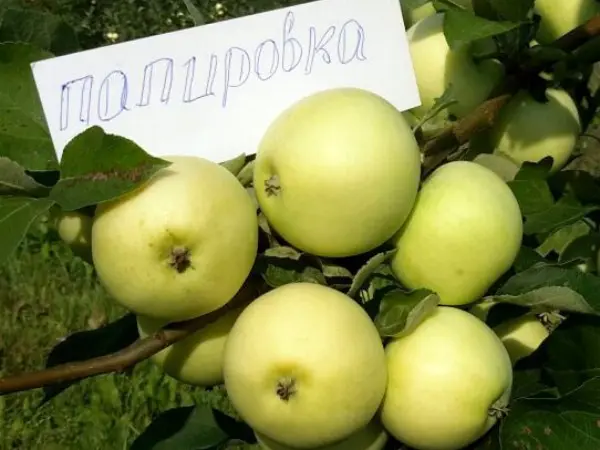
Of the minuses that distinguish “White filling” – almost complete unsuitability for transportation, short shelf life and reduced yields for old trees.
Appearance
The trees of the “Papirovka” variety are medium tall, decorated with a wide pyramidal crown, which gradually becomes rounded over the years. Skeletal branches are covered with light brown bark. The main number of fruits is formed on kolchatka. The shoots grow, covered with a brown bark with an olive sheen, very pubescent. White lenticels are elongated and rare.
The leaves on the skeletal branches are small, oval, grayish green and straight. Their petioles are rarely colored and of medium length. The buds are soft pink, large, saucer-shaped. They are bizarre, slightly elongated, with raised edges of the petals.
Apples are medium, rounded, well distinguished from other varieties by wide ribs. The larger the apple, the more expressive and larger the face. The peel is green-yellow, without a hint of blush. When the fruit ripens, it becomes covered with a characteristic white coating. Subcutaneous points are numerous, they are white or light green. The core is large in shape and resembles an onion, the seed chambers are often half-open into the axial cavity. Seeds of irregular shape, angular.
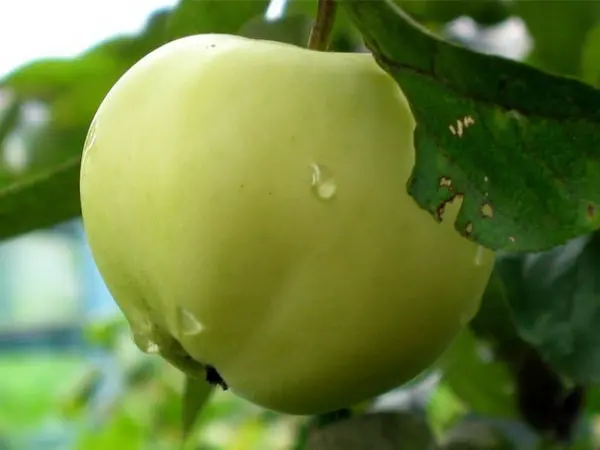
For 100 g of apple pulp, there are:
- 9% sugar;
- 1% titratable acids;
- 22 mg of ascorbic acid;
- 209 mg P-active substances;
- 10% pectin.
History of breeding
The history of the “Papirovka” variety is largely shrouded in a veil of secrecy. Since it is not possible to establish the exact region and time of occurrence of this variety, scientists suggest that it appeared by natural pollination in the Baltics. Kedrin, Cherenko and Rytov were engaged in a detailed study of the variety, but they could not find out for certain: “Papirovka” is a separate variety or is it “White pouring”. The “apple of discord” in this case is the size and shape of the fruit, which differ slightly, but still differ in trees of both varieties.
In any case, “White filling” has become the parental basis for more than 20 varieties: “Alenushkino”, “Lada”, “Mana”, “Iyulskoye Chernenko”, “Lomonosovskoye”, “Daughter of Papirovka” and many others.
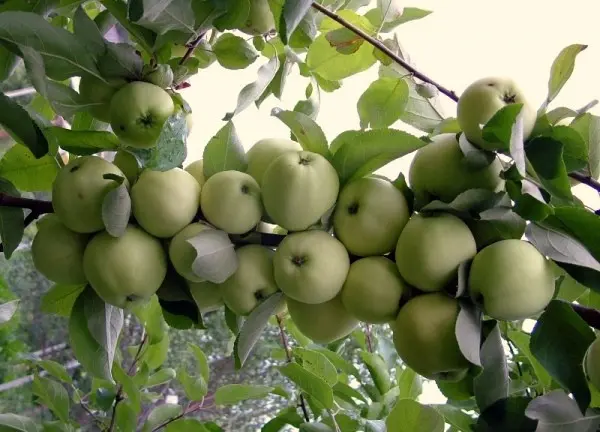
Region of natural growth
White Bulk performs best when grown in temperate continental climates with warm, humid summers and mild winters. That is why the natural regions of growth are the Baltic countries. However, with proper care, it is able to bear fruit in almost any region of Our Country, with the exception of the Urals, Eastern Siberia and the Far East.
Due to the low fitness of fruits for transportation, apple trees are grown near cities and industrial centers to compensate for low keeping quality. In the southern regions, where summers are dry, this variety can also be grown, but abundant and regular watering will be required to increase yields.
Productivity
The yield of the White Filling variety largely depends on the age of the tree. For example, young trees bear fruit moderately, but every year, bringing about 15-20 kg of apples per tree. At the peak of fruiting, up to 70 kg of apples can be harvested from one tree, but, most likely, the next year’s harvest will be much less.
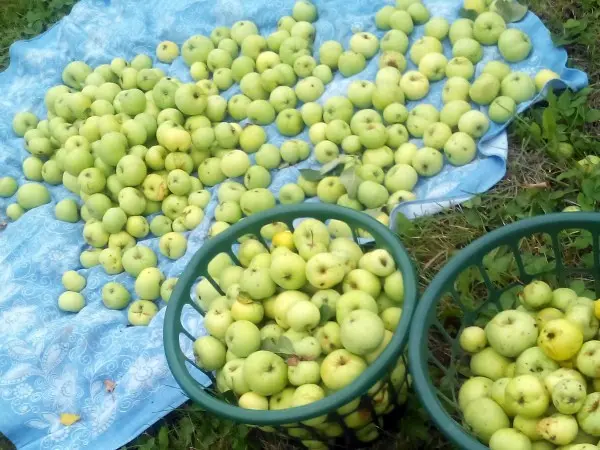
The fruits ripen by the beginning of August, if the trees grow in the middle lane, and at the end of July, if they grow in the southern regions. At the same time, the precocity of the variety allows you to get the first crops already in the 4th year after planting.
Unfortunately, “Papirovka” is characterized by the fall of ripe fruits, which forces gardeners to closely monitor the harvest and harvest it on time. And then you need to implement it quite quickly, since ripe apples lie in a cool room for a maximum of 2 weeks.
Planting and care
If you decide to grow this particular variety of apple tree in your garden, then you will have to try to find the perfect place. Suitable areas with good lighting, without strong winds, preferably close to other apple trees, to contribute to better pollination. Between seedlings there should be at least 4-5 m of free space for the development of the root system.
A week before planting, it is necessary to dig a hole about 90 cm deep, fill it with humus mixed with superphosphate, potassium and the top layer of fertile soil. Immediately before planting, the bottom of the pit must be loosened and moistened. The seedling is lowered into the pit so as not to damage the roots, covered with earth and gently tamped, and then watered again. It is recommended to tie up seedlings after planting.

There are three main stages in tree care:
- Spring period. It is necessary to inspect trees and cut off frozen, damaged or dry branches. This is done before the appearance of the kidneys. It is also necessary to inspect the bark and remove the damaged areas. Any damage, both on the branches and on the trunk, must be covered with garden lime.
- Summer period. In summer, it is very important to water apple trees regularly to maintain a certain soil moisture. As a preventive measure, apple trees are sprayed with insecticides and fungicides. And it is desirable to do this before flowering.
- Autumn period. In autumn, it is necessary to feed the trees, whitewash the trunks and once again treat them with fungicides and insecticides to prepare them for wintering. Trunks of young trees can be closed for the winter so that rodents do not spoil the bark.
Fighting diseases and pests
Among the diseases that the Papirovka variety is susceptible to, powdery mildew, scab and milky sheen are noted. To cope with them, they resort to complex preventive measures – treating the tree with fungicides, as well as folk remedies like soapy water.
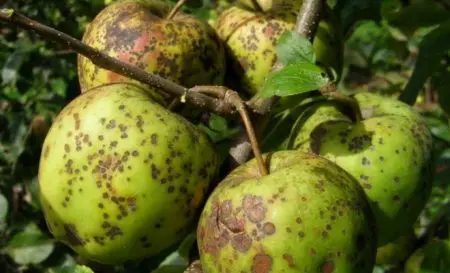
In case of damage to the branches by a bacterial burn, cytosporosis or black cancer, the damaged areas must be removed, and the sections must be thoroughly treated with lime.
Among insects, the greatest inconvenience is caused by: green aphid (insecticides are used for treatment and the damaged bark is removed), apple flower beetle (the tree is treated with Enterobacterin), leafworm (the tree is treated with Nitrofen).
Video “Early summer varieties of apple trees”
We present you a report dedicated to the early summer varieties of apples grown in the plant nursery.









